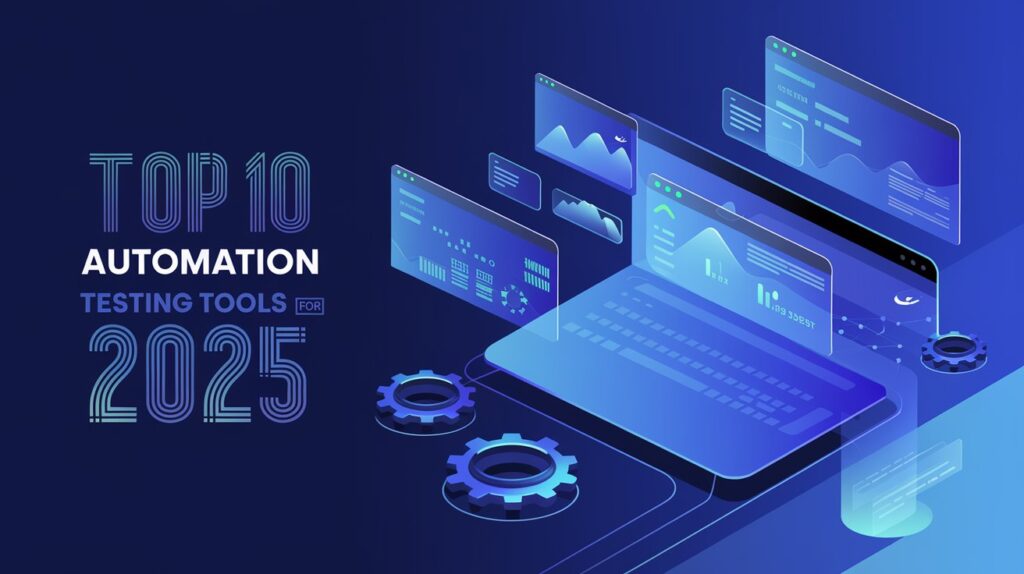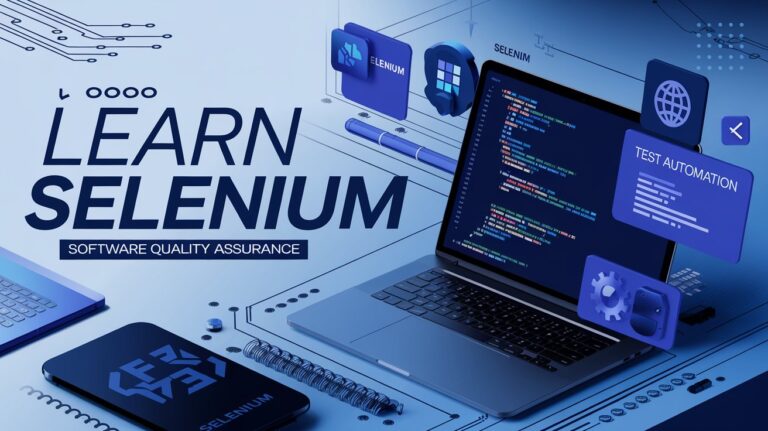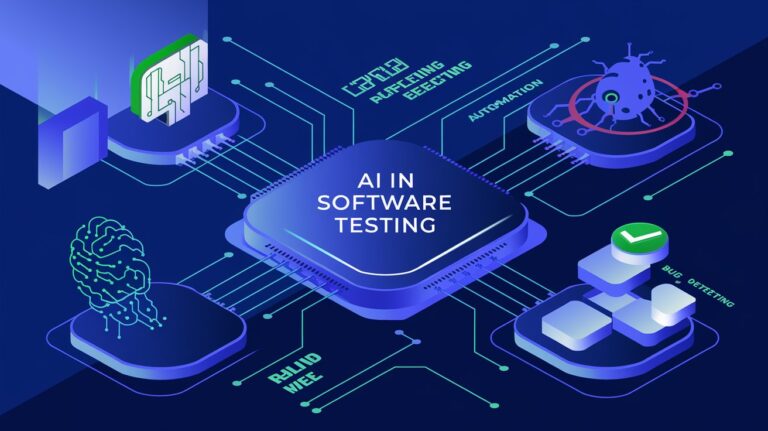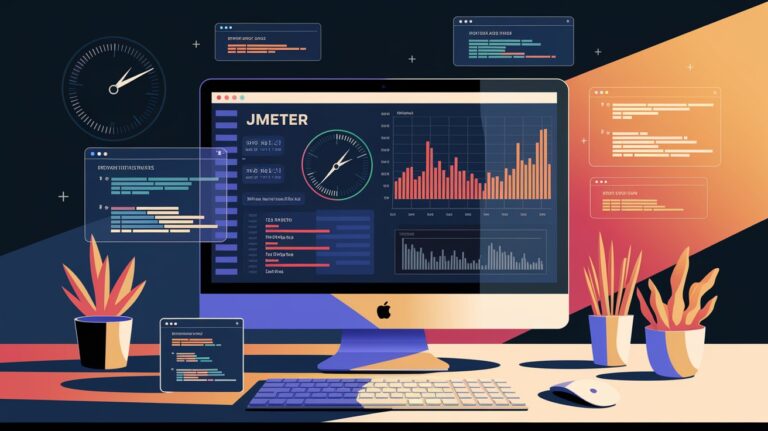In today’s software development landscape, automation testing has become a cornerstone of delivering high-quality applications efficiently. With advancements in technology and the increasing demand for faster releases, choosing the right automation testing tool is crucial. In this article, we’ll explore the top 10 automation testing tools for 2025, their features, and why they stand out in the ever-evolving world of software testing.
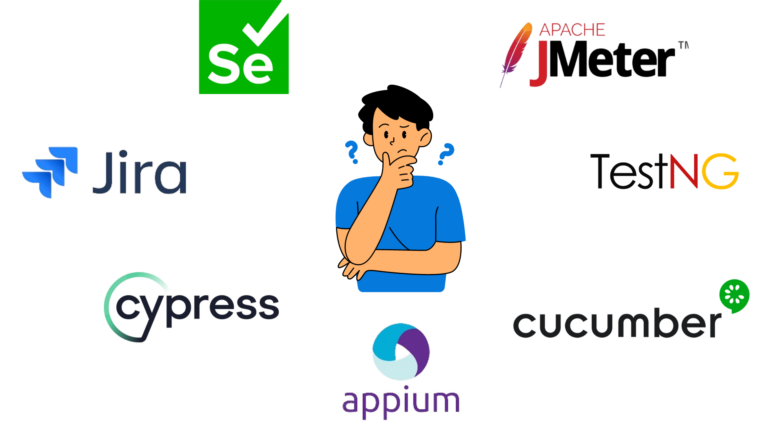
Table of Content
- Selenium
- Cypress
- Playwright
- Appium
- TestNG
- JMeter
- Postman
- Katalon Studio
- Ranorex
- Lambda Test
1. Selenium

Overview: Selenium remains one of the most popular and versatile tools for web automation testing. Its open-source nature and support for multiple programming languages make it a go-to choice for testers worldwide.
Key Features:
Supports major browsers (Chrome, Firefox, Safari, Edge).
Integrates seamlessly with CI/CD tools like Jenkins and Git.
Supports multiple programming languages: Java, Python, C#, and Ruby.
Selenium Grid for parallel testing.
Best For: Web application testing.
Why Choose Selenium? Selenium’s vast community support and constant updates ensure it stays relevant for modern testing needs.
2. Cypress
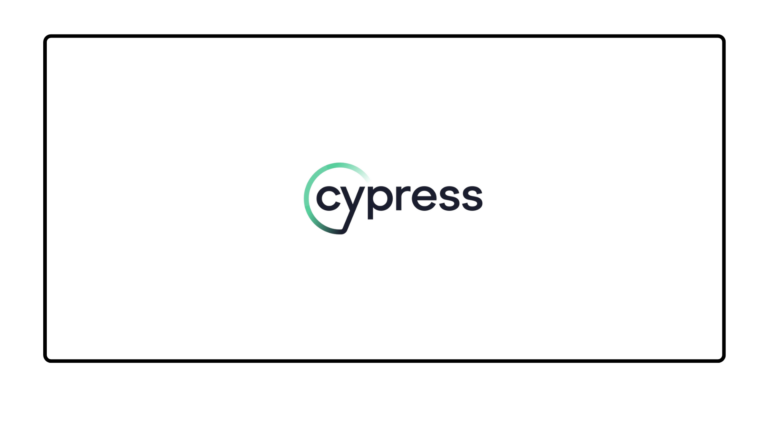
Overview: Cypress is a next-generation front-end testing tool built for modern web applications. It focuses on developer-friendly testing with a quick setup process.
Key Features:
Built-in test runner for real-time debugging.
Automatic waiting for elements to load.
Easy setup with no dependencies.
Powerful API for writing clean and readable tests.
Best For: Front-end testing for web applications.
Why Choose Cypress? It’s modern architecture and developer-first approach makes it ideal for Agile teams focused on front-end development.
3. Playwright

Overview: Playwright, developed by Microsoft, has quickly become a strong competitor to Selenium. It provides powerful cross-browser automation capabilities with modern testing workflows.
Key Features:
Supports Chromium, Firefox, and WebKit.
API for handling modern web app complexities like iframes and multiple tabs.
Built-in support for visual testing.
Parallel execution with minimal configuration.
Best For: End-to-end testing of complex web applications.
Why Choose Playwright? Its advanced features and reliable cross-browser support make it a great choice for modern web applications.
4. Appium
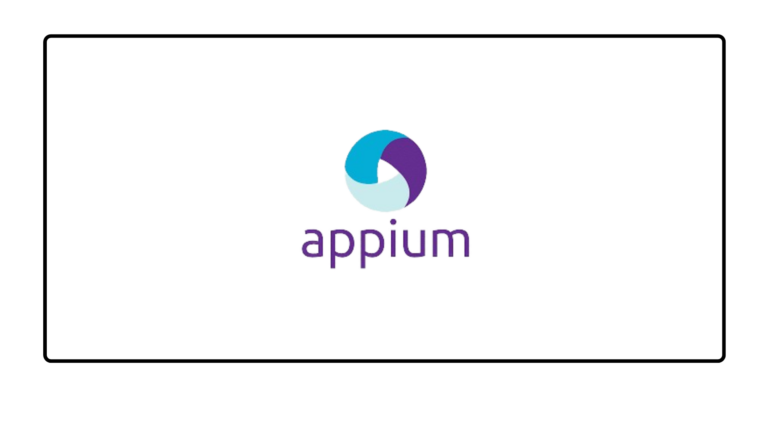
Overview: Appium is the leading open-source tool for mobile app testing. It supports automation for native, hybrid, and mobile web applications across Android and iOS.
Key Features:
Cross-platform support for Android and iOS.
Integrates with Selenium for seamless web and mobile testing.
Supports multiple programming languages.
Extensive plugin ecosystem for advanced functionalities.
Best For: Mobile application testing.
Why Choose Appium? Its versatility and wide range of features make it the top choice for mobile app testers.
5. TestNG
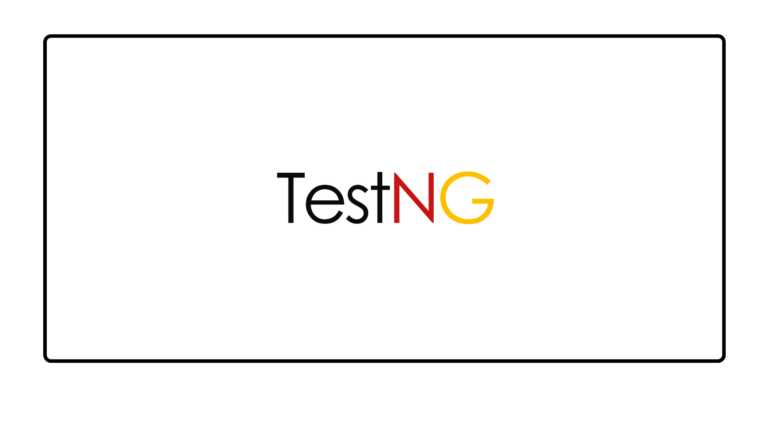
Overview: TestNG is a popular Java testing framework inspired by JUnit and NUnit. It’s commonly used for Selenium test automation.
Key Features:
Powerful annotations for test configuration.
Parallel test execution support.
Built-in HTML reports.
Flexible and customizable testing.
Best For: Unit and integration testing.
Why Choose TestNG? Its robust feature set makes it an essential companion for Selenium testers.
6. JMeter
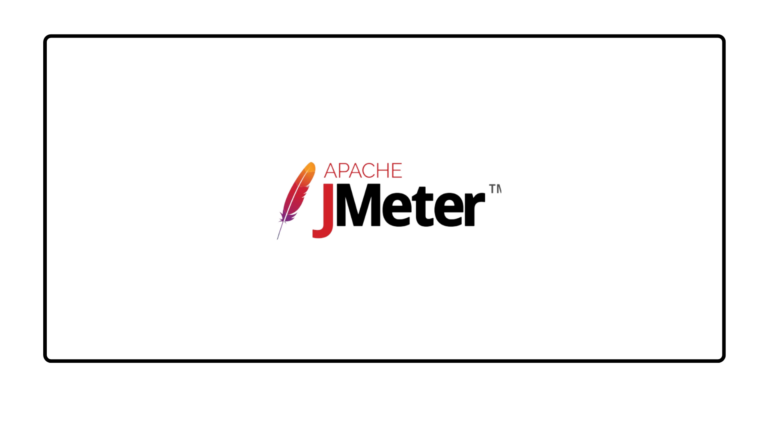
Overview: JMeter is an open-source tool designed for performance and load testing. It’s highly extensible and supports testing for web, database, and API applications.
Key Features:
Simulates high-load environments.
Integrates with CI/CD pipelines.
Supports multiple protocols (HTTP, FTP, JDBC, etc.).
Generates detailed performance reports.
Best For: Performance and load testing.
Why Choose JMeter? Its ability to simulate realistic load scenarios makes it an indispensable tool for performance testers.
7. Postman
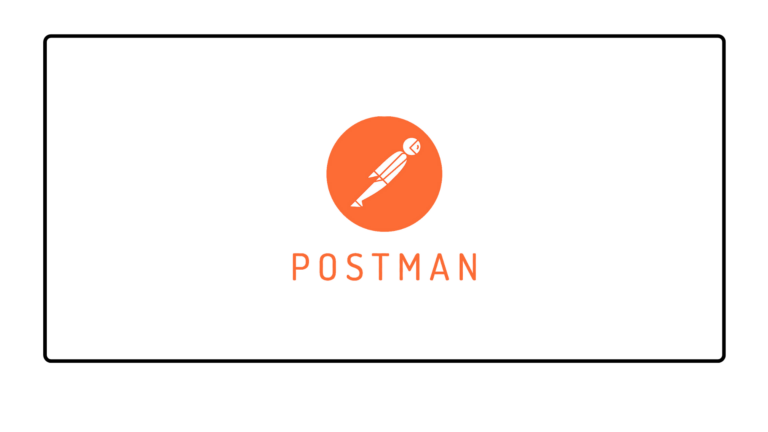
Overview: Postman is a widely used tool for API testing. Its intuitive UI and extensive features make it a favorite among developers and testers.
Key Features:
Easy creation of API requests.
Automated API testing with Postman Collections.
Built-in support for scripting with JavaScript.
Detailed reports and analytics.
Best For: API testing and automation.
Why Choose Postman? Postman simplifies API testing and is perfect for teams working on microservices and RESTful APIs.
8. Katalon Studio
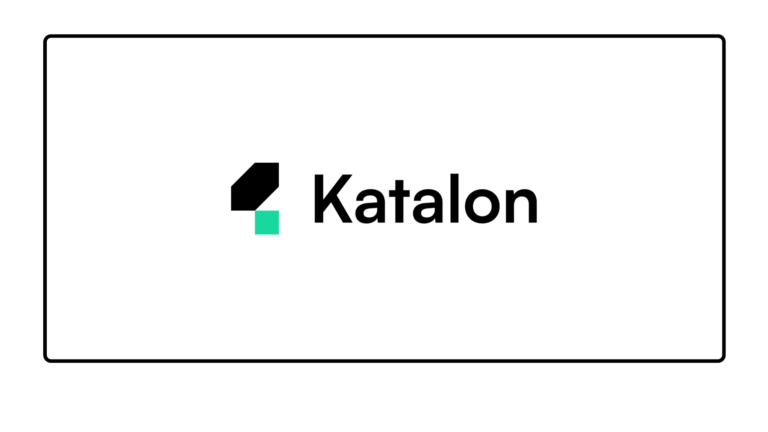
Overview: Katalon Studio is an all-in-one testing tool that supports web, API, desktop, and mobile testing. It’s beginner-friendly and feature-rich.
Key Features:
Codeless test automation with a drag-and-drop interface.
Integration with CI/CD tools like Jenkins and Azure DevOps.
Built-in test analytics and reporting.
Cross-browser and cross-platform testing.
Best For: Teams with diverse testing needs.
Why Choose Katalon Studio? Its codeless features and comprehensive functionality make it accessible to beginners and advanced testers alike.
9. Ranorex

Overview: Ranorex is a robust tool for desktop, web, and mobile application testing. Its user-friendly interface enables both technical and non-technical users to create automation scripts.
Key Features:
GUI object recognition.
Codeless test creation with drag-and-drop functionality.
Detailed test reports.
Supports cross-platform testing.
Best For: Teams with limited coding expertise.
Why Choose Ranorex? Its codeless automation and ease of use make it ideal for beginners and small teams.
10. Lambda Test

Overview: LambdaTest is a cloud-based cross-browser testing platform. It allows testers to run tests on a wide range of browser and OS combinations.
Key Features:
3000+ browser and OS combinations.
Real-time and automated testing.
Integration with popular CI/CD tools.
Live debugging features.
Best For: Cross-browser compatibility testing.
Why Choose LambdaTest? Its scalability and extensive cross-browser testing capabilities make it perfect for large-scale projects.
How to Choose the Right Automation Testing Tool

When selecting an automation testing tool, consider the following factors:
Project Requirements: Match the tool’s features with your testing needs (e.g., mobile vs. web).
Team Expertise: Choose tools aligned with your team’s skill set.
Integration: Ensure the tool integrates with your existing CI/CD pipelines.
Scalability: Pick tools that can scale with your project’s growth.
Cost: Consider open-source vs. paid tools based on your budget.
Automation testing is evolving rapidly, and choosing the right tool can significantly impact your software development lifecycle. The tools mentioned in this article are some of the best in the market for 2025, each catering to specific testing needs. Whether you’re testing web applications, APIs, mobile apps, or performance, there’s a tool here for you.
Which tool are you most excited to try? Let us know in the comments, and don’t forget to explore our other articles on Selenium Basics and Agile Testing Strategies for more insights into software testing!



